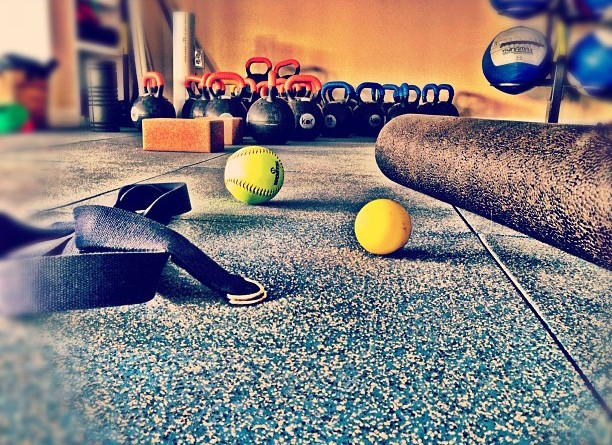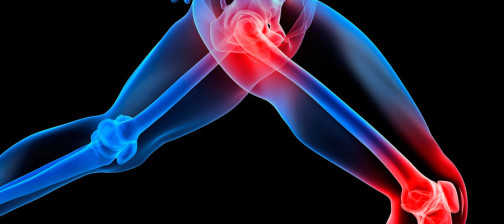Recovery and WOD Prep – Mobility, Stretching, or Foam Rolling?
Dr. Adrian Granite
If one of your coaches asked what you do for recovery, you would likely spit out one of the big three; foam rolling, mobility, or stretching. These terms are thrown around a lot nowadays, and though you likely have a grasp of the basics, what do they really mean? And how do you know if you are doing each correctly?
FOAM ROLLING
Foam rolling, or any type of soft tissue work, is used to break up adhesions in muscles. Adhesions are formed through injury, repetitive motion and working out. They are similar to scar tissue, but on a smaller scale. Adhesions can limit range-of-motion (ROM), cause pain, and create weakness in muscles. Using a rolling stick, foam roller or lacrosse ball can definitely help to break up these adhesions, but be careful not to use too much pressure and don’t roll over bones.
MOBILITY
Being mobile essentially means being “flexible” and having full, pain-free ROM. The designation of “pain-free” is important because pain will eventually cause athletes to adapt and reduce ROM to remain in a zone where they can still perform a motion comfortably (ie. knee pain prohibits you from squatting below parallel). Most athletes will stretch and foam roll to increase their mobility, but may not be getting the most out of their efforts.
STRETCHING
Stretching can be done in two ways, dynamically or statically. A static stretch is generally a held for 10-30 seconds, and a dynamic stretch is performed by actively going through ranges-of-motion in multiple repetitions. Which one is better? This is a debate that researchers continue to go back and forth on. In my opinion, they are both productive and have their place. For athletes who are looking to prep at a competition, static stretches should not be held for long periods of time prior to the event. Holding a stretch for too long could lengthen muscle to the point that it will become stretch-weakened, thereby decreasing performance. Instead, use dynamic stretches prior to a competition to get your muscles warmed up and ready to go. Save your static stretching for after working out or days off.
If you are looking to increase your mobility, soft tissue work in conjunction with stretching may help you reach your goal. The most important thing to know is whether the muscles or joints that you feel are “tight” or “restricted” are really the ones inhibiting your movement. If you foam-roll your hamstrings daily because they are “tight” and you believe them to be limiting your squat, but you’ve been foam-rolling your hamstrings for a year and your squat is the same, are your hamstrings really the problem? In this case it’s more likely that a pelvic imbalance is to blame. Correcting this imbalance will require a professional’s assessment of the situation, followed by specific soft tissue work to overactive muscles, stabilization exercises for the pelvis, and specific stretches. When applied properly, soft tissue work such as foam-rolling, combined with stretching, can really help you make those mobility gains.




